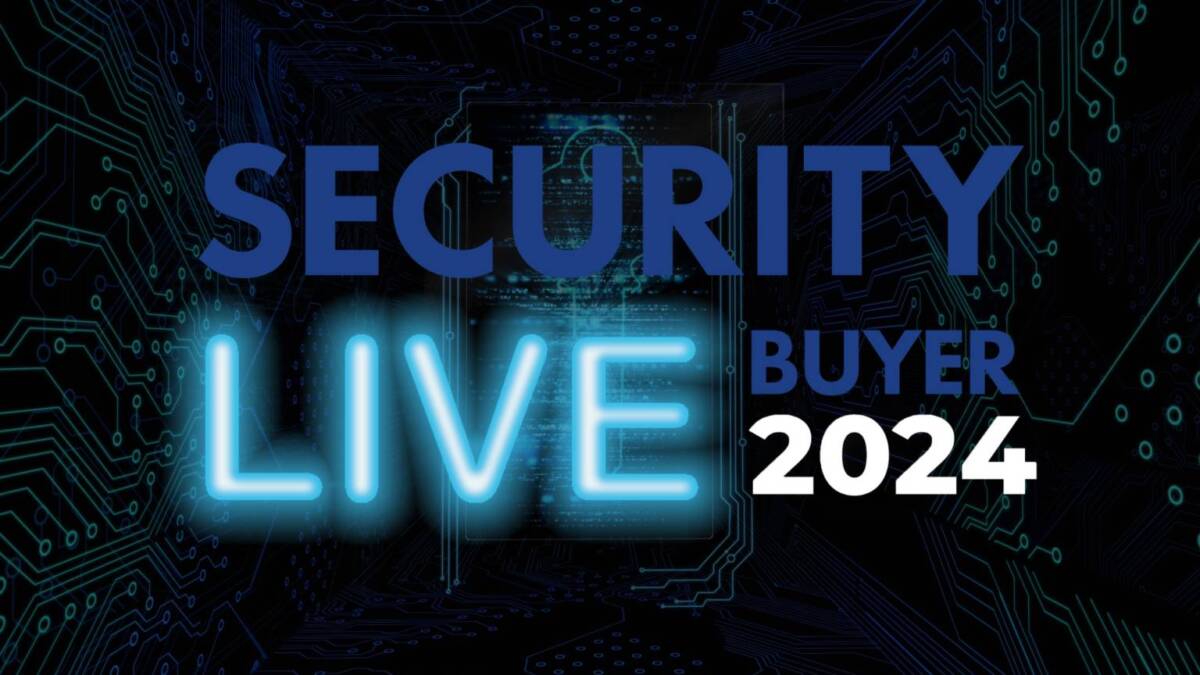Psychological Manipulation via Social Media and the concept of self-identity
An Article by Alan Malcher MA, a London based Social-Cultural Analyst
Although I started researching this subject 11-years ago and the research continues, after recently reading an excellent paper on ‘The Psychology Behind Social Media Interactions’, By Dr Liraz Margalt, who is now one of my LinkedIn connections, I decided to write this brief introduction to manipulation based on my own observations of the ‘virtual world’.
Many of these observations support several theories put forward by various academics studying both the ‘real’ and ‘virtual world’.
During her examination of the question, ‘why is digital communications often easier than face to face communications’; after reading her views on the social interaction theory of mind and emotional involvement, I found the following of particular interest as it fits my own research observations. “When interacting with other people”, she writes, “we automatically make inferences about them without being consciously aware of it…”. Liraz, further explains that during face-to-face interactions we subconsciously rely heavily on non-verbal communications such as facial expressions etc. This, as she says, suggests that interaction with human partners require more emotional involvement and thus more cognitive effort than interacting via a computer.
Due to this lack of ‘synchronous’ interaction (subconscious exchanges of non-verbal communications, speech structure; the use of oblique remarks etc.) I agree with her assertion- it is easier to hide our emotions online. Based my own observations, I have also come to the conclusion it is also easier to psychologically manipulate or be manipulated in the ‘virtual’ world due to the lack of these behavioral cues we subconsciously detect and process during face-to-face interactions.
Contagion and Uncritical Thinkers
Fiske (2013) and others have shown that emotional states can be transferred to others by what they describe as emotional contagion which lead others to experience the same emotions without their awareness. This ‘contagion’ may lead to the mind creating a view of the world by acquiring insights and an amalgam of rational and irrational beliefs (see Paul and Elder). This is similar to the contagion theory of crowds. One of several interpretations of this theory includes- the effect of a crowd is to assimilate individuals within it, producing and overriding psychological unity and changing an individuals’ usual psychological responses in the process (Statt. D, A Dictionary of Human Behavior, Harper Reference)
This process may contain a degree of self-deception which has been deliberately imparted, identified or exploited by an extremist groomer/recruiter who has used the lack of cognitive cues within the virtual world to his/her advantage.
Although there are multiple drivers leading to violent extremism which are usually mutually reinforcing, one concept of particular interest is people who are described as ‘uncritical thinkers’, which Elder describes as ‘intellectually unskilled thinkers’.
Some academics have also used the term ‘unreflective thinkers’. People who fit this category, according to Elder- their minds are products of social and personal forces they neither understand and can’t control. Taking Elder’s argument forward, by observing social media networks we see these ‘uncritical thinkers’ being manipulated by those who tend to skilfully use the rhetoric of persuasion.
The rhetoric of persuasion used by extremist groomers and recruiters include oversimplification, sweeping generalisations and the use of stereotypes to enforce prejudices and false quandaries in an attempt to promote a culture of blame and the need for retribution. Over time, the groomer will identify those more likely to accept, without question, the narratives associated with VE and with it the ideology. This ‘induction’ is the prerequisite for believing in a shared identity which embraces violent ‘jihad’. Click here to see focal actors.
Identity and Selective self-presentation
Identity is a construct that incorporates the way we think about ourselves and our role/position within the larger social environment. As cyberspace and violent extremism ideology is a global phenomenon, both can have a powerful effect on ones view of the world and ‘perceived’ grievances.
Although online identities may be difficult to ascertained due to identity cues being masked or purposely misrepresented, by careful observations and comparisons, online activities and their visible traces may be analysed. If we take LinkedIn as an example, many members who have confronted Russian trolls have identified the use of Selective Self-Presentation to reveal a number of false profiles held by one person.
The term ‘selective’ is used to describe a false profile which has been selected for a given purpose. For instance, in the case of Russian propagandists some may claim to be involved in international affairs in the hope of encouraging greater credibility to their comments and other internet activities. Likewise, it is not uncommon for those with a terrorist agenda to claim they are professionally involved in ‘positive’ occupations such as human rights, humanitarian aid etc.
Asynchronous
In the ‘real world’ human interaction and communications are of a synchronous nature- non-verbal communications, eye contact, speech tones etc., and this is a two- way process giving further meaning and substance to the conversation.
CMC (computer-mediated communications) is of an asynchronous nature and thus void of any meaningful communications and identity cues. This time delay allows sufficient time to carefully compose messages tailored to meet the needs and also appeal to the subject/s being manipulated by the focal actor (extremist groomer/recruiter). For example, in an earlier thread a young person may have mentioned concerns regarding their home life, problems at schools or concerns regarding their employment situation.
Although the focal actor may have no personal experience of these problems the natural time delay in responding provides opportunities to use the Internet to read-up on these concerns. They are now in a position to offer ‘disguised’ advice and support. Showing empathy and creating rapport are among the methods used during the induction phase.
The above represents just some of the methods used to encourage belief in a common or collective identity which is the foundation of violent extremism ideology.
First published as an article on LinkedIn and kindly reproduced with the authors permission, to see the full list of references with the original article please click here.












